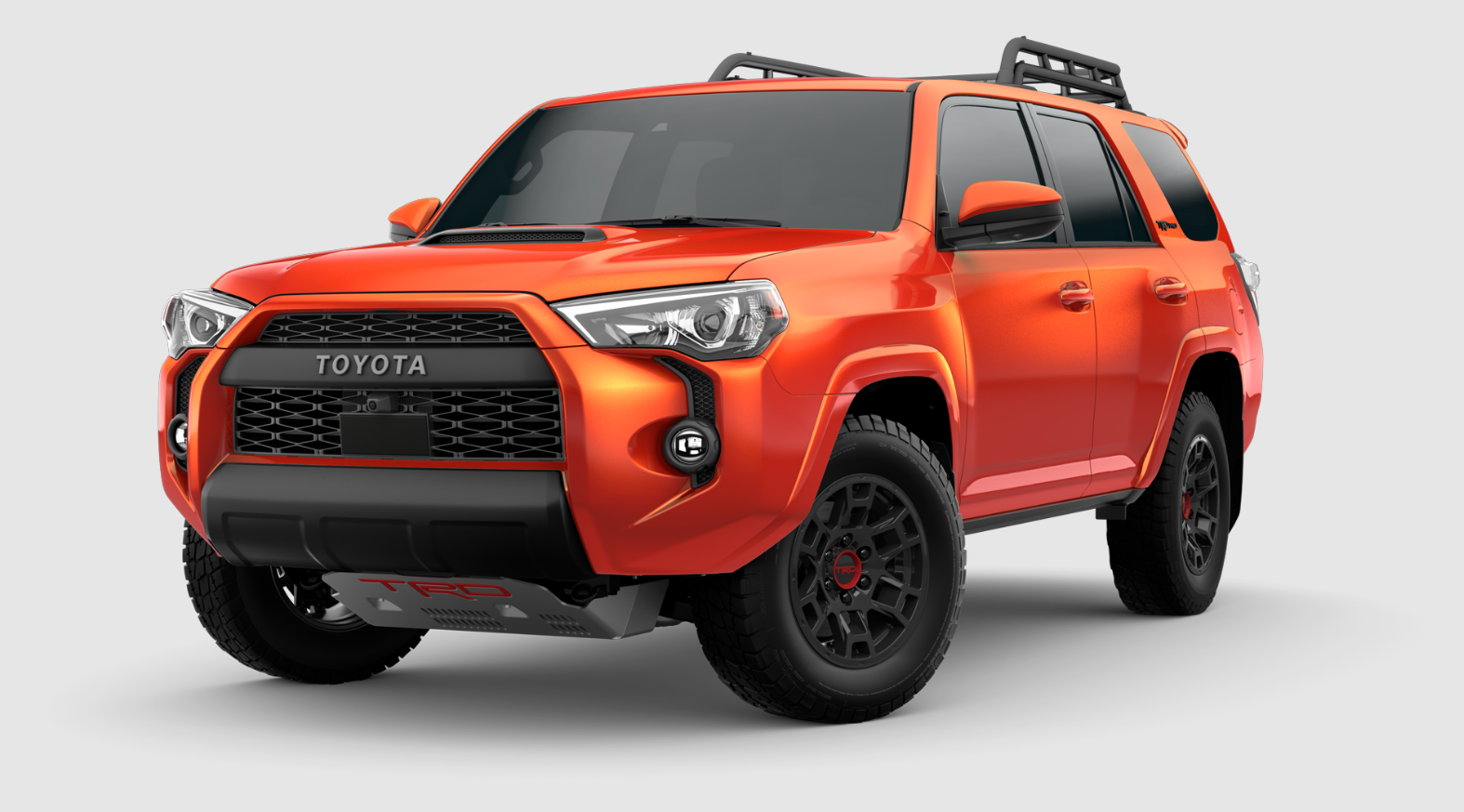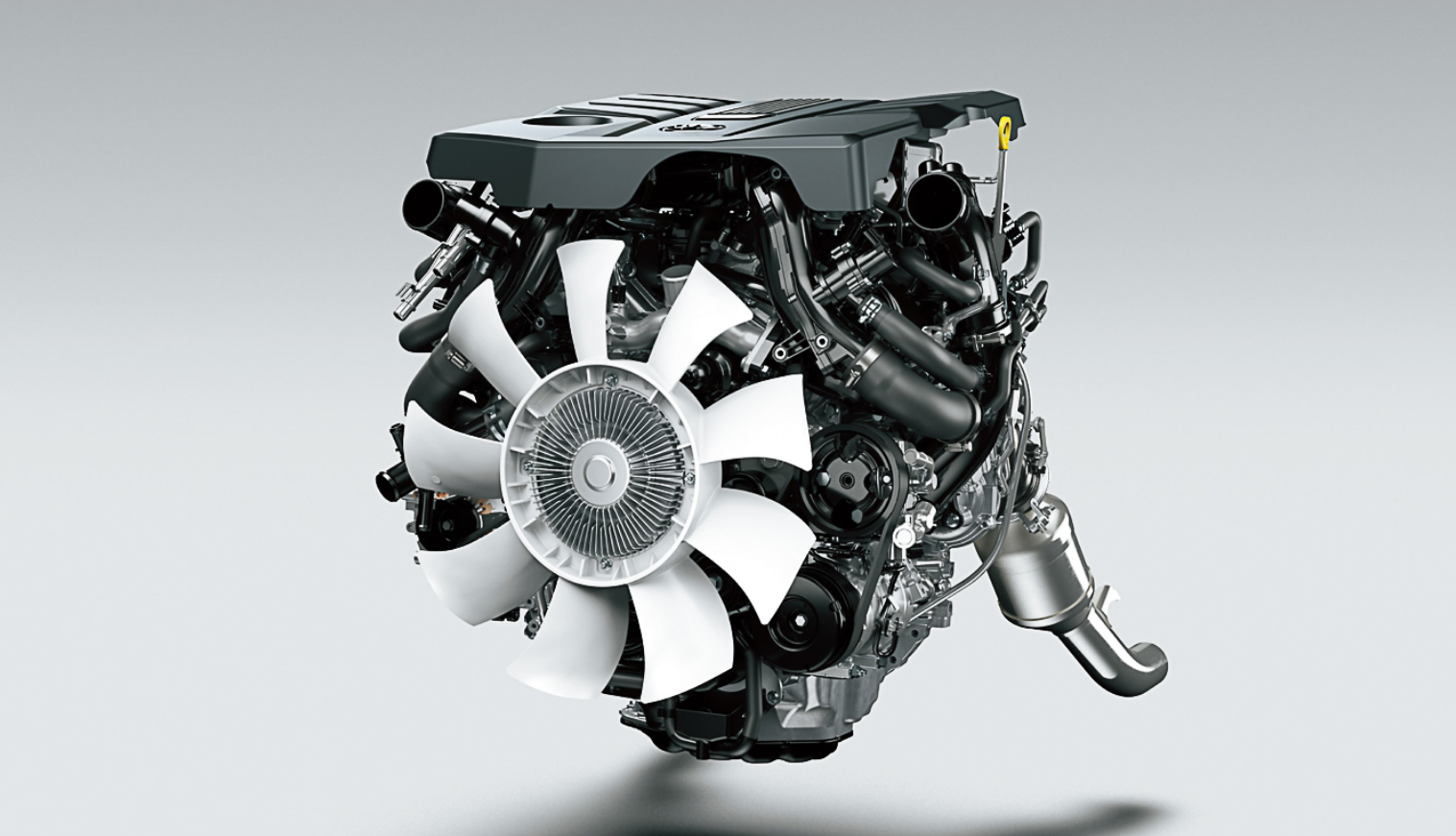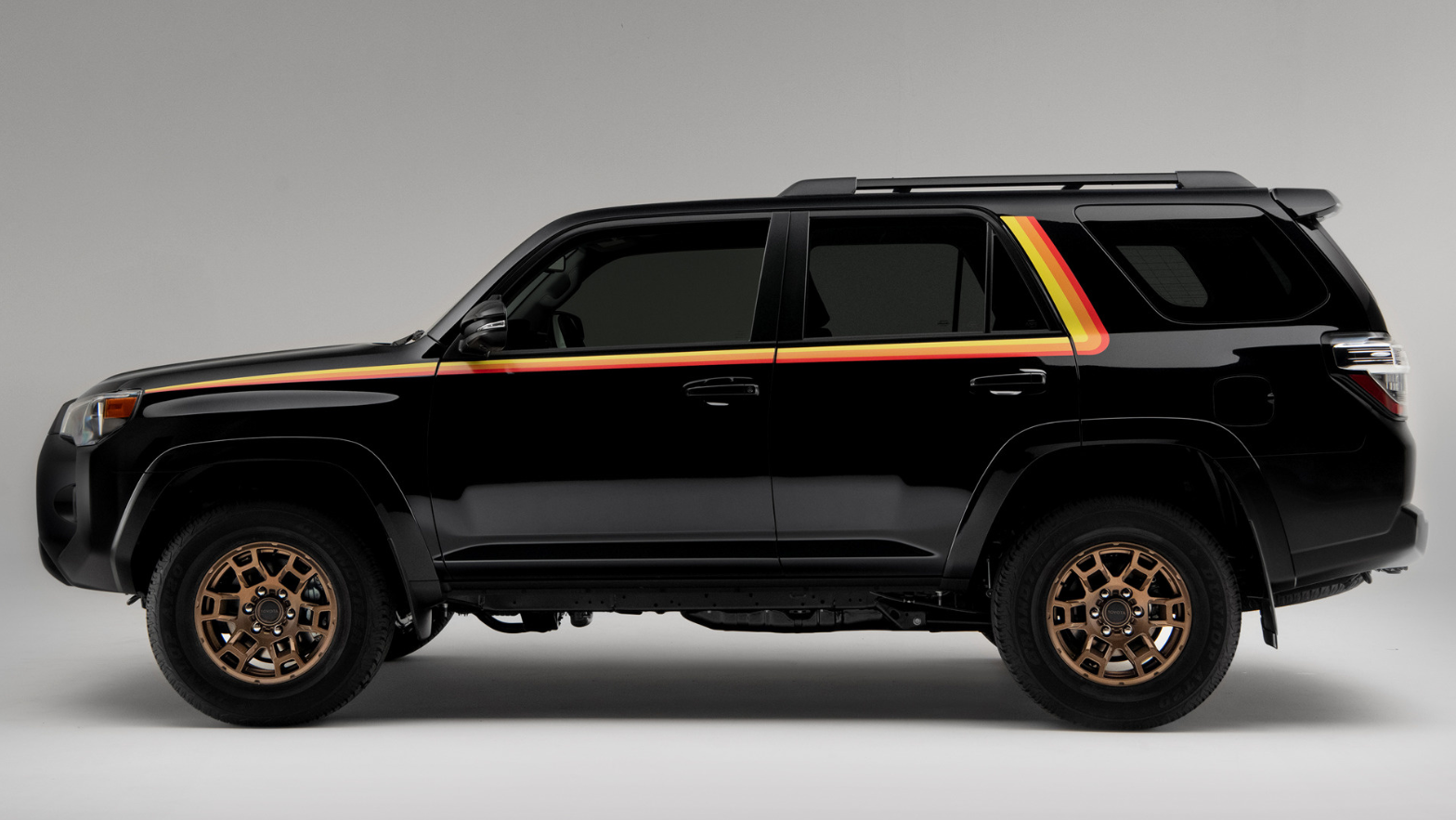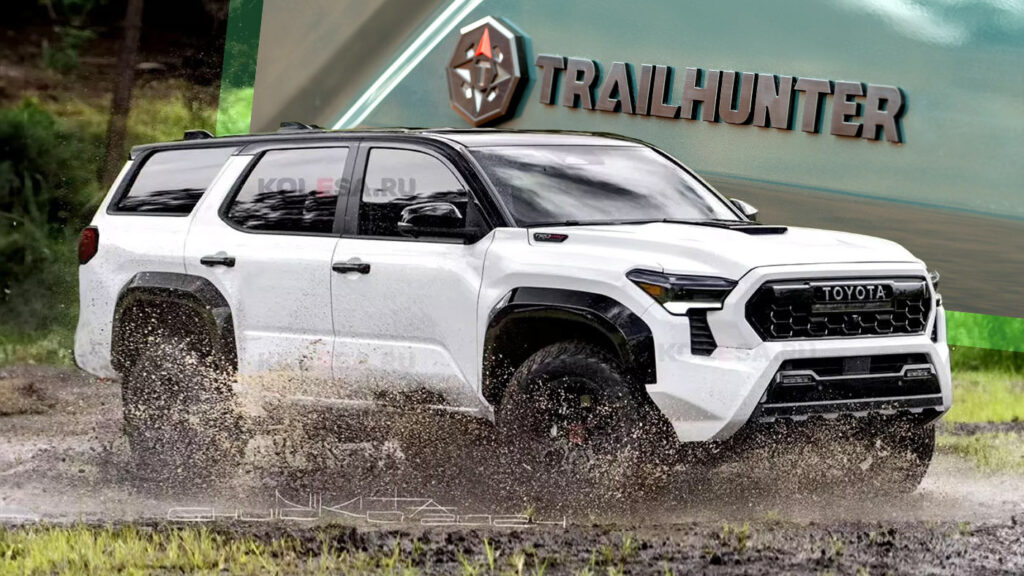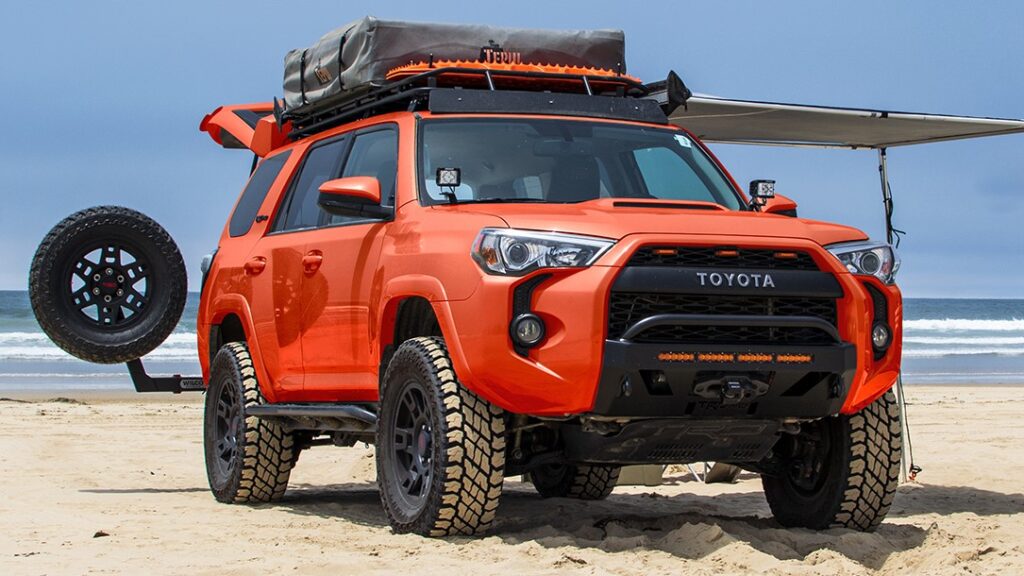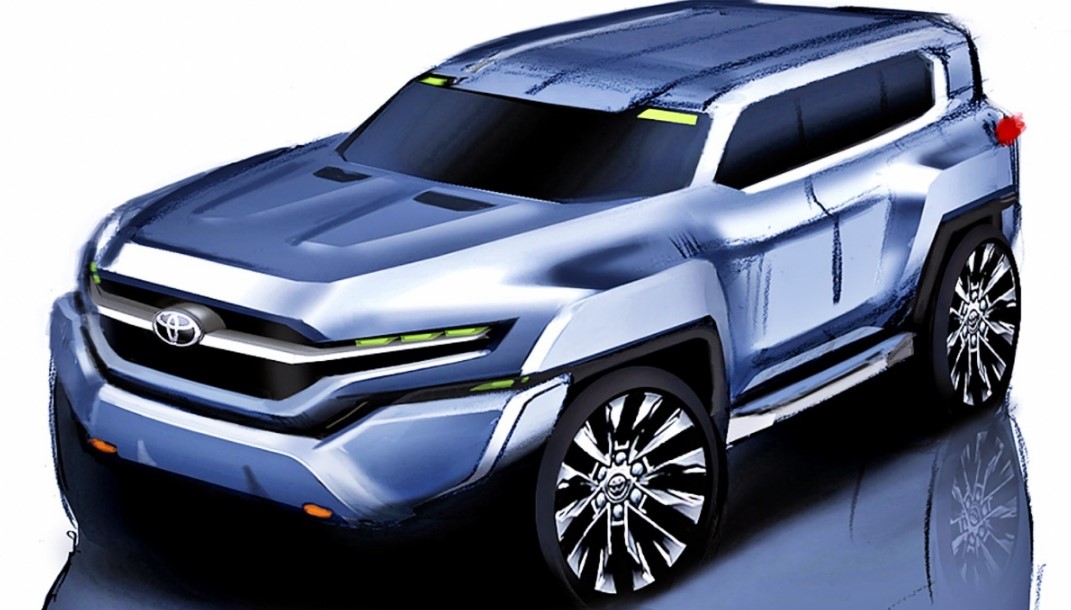The 2025 Toyota 4Runner: A Safety Review
By admin / July 13, 2024 / No Comments / 2025

The 2025 Toyota 4Runner: A Safety Review
The Toyota 4Runner, a rugged and reliable SUV, has long held a reputation for its off-road prowess and durable build. But in the ever-evolving automotive landscape, safety is paramount. As we approach the 2025 model year, the 4Runner faces heightened scrutiny, with consumers demanding advanced safety features and top-notch crash performance.
This article delves into the safety aspects of the 2025 Toyota 4Runner, examining its crash test ratings, standard safety features, available driver-assistance technologies, and overall safety performance. We’ll explore how the 4Runner stacks up against its competitors and analyze its strengths and weaknesses in the safety domain.
The 2025 4Runner: A Blend of Tradition and Modernity
The 2025 4Runner retains its iconic boxy design and off-road capabilities, catering to adventurers and families seeking a robust vehicle. However, Toyota has infused the model with modern technology and safety enhancements.
Crash Test Ratings: A Tale of Two Organizations
Two prominent organizations, the National Highway Traffic Safety Administration (NHTSA) and the Insurance Institute for Highway Safety (IIHS), conduct comprehensive crash tests to assess vehicle safety. The 2025 4Runner’s performance in these tests is critical in determining its overall safety rating.
NHTSA’s Five-Star System:
The NHTSA utilizes a five-star system, with five stars representing the highest level of safety. The 2025 4Runner is expected to achieve a respectable overall rating, likely falling between four and five stars.
- Overall: Four to five stars
- Frontal Crash: Four to five stars
- Side Crash: Four to five stars
- Rollover: Four to five stars
IIHS’s Top Safety Pick+: A More Stringent Standard
The IIHS employs a more rigorous testing methodology, awarding its coveted "Top Safety Pick+" designation only to vehicles that meet specific criteria. The 2025 4Runner is anticipated to earn a "Top Safety Pick" rating, with a potential for "Top Safety Pick+" if it meets the additional requirements for headlights and front crash prevention.
- Overall: "Top Safety Pick" or "Top Safety Pick+"
- Small Overlap Front: Good or Acceptable
- Moderate Overlap Front: Good
- Side: Good
- Roof Strength: Good
- Head Restraints: Good
- Front Crash Prevention: Advanced or Superior
Standard Safety Features: A Foundation for Protection
The 2025 4Runner comes equipped with a comprehensive suite of standard safety features, providing a solid foundation for occupant protection. These features include:
- Anti-lock Braking System (ABS): Prevents wheel lockup during braking, enhancing vehicle control.
- Electronic Stability Control (ESC): Helps maintain vehicle stability during challenging maneuvers.
- Traction Control (TRAC): Optimizes traction on slippery surfaces, enhancing control.
- Airbags: Multiple airbags, including front, side, and curtain airbags, protect occupants in a crash.
- Tire Pressure Monitoring System (TPMS): Alerts the driver to low tire pressure.
- Backup Camera: Provides a rearview camera image on the infotainment screen, enhancing visibility when reversing.
Driver-Assistance Technologies: Enhancing Safety and Convenience
Beyond its standard safety features, the 2025 4Runner offers a range of available driver-assistance technologies, designed to improve safety and provide a more comfortable driving experience. These features include:
- Blind Spot Monitoring (BSM): Detects vehicles in the blind spot, alerting the driver with visual and audible warnings.
- Rear Cross-Traffic Alert (RCTA): Warns the driver of approaching traffic when reversing.
- Lane Departure Alert (LDA): Alerts the driver if the vehicle drifts out of its lane.
- Lane Keeping Assist (LKA): Helps keep the vehicle centered in its lane.
- Adaptive Cruise Control (ACC): Maintains a set distance from the vehicle ahead, automatically adjusting speed.
- Automatic Emergency Braking (AEB): Detects potential collisions and automatically applies brakes.
Safety Performance: A Deeper Dive
The 2025 4Runner’s safety performance is a testament to Toyota’s commitment to safety engineering. Its robust construction, advanced safety features, and driver-assistance technologies work in concert to provide a high level of protection for occupants.
Strengths:
- Robust Construction: The 4Runner’s body-on-frame construction provides a rigid foundation, enhancing crashworthiness.
- Comprehensive Standard Safety Features: The 4Runner comes standard with a comprehensive suite of safety features, ensuring a high level of protection.
- Available Driver-Assistance Technologies: The advanced driver-assistance technologies available on the 4Runner enhance safety and convenience.
- Excellent Off-Road Capability: The 4Runner’s off-road prowess allows it to navigate challenging terrain, potentially mitigating risks in adverse conditions.
Weaknesses:
- Limited Visibility: The 4Runner’s boxy design can hinder visibility, particularly in the rear and side windows.
- Lack of Advanced Safety Features in Base Models: Some advanced safety features, such as AEB and ACC, are not standard on all trim levels.
- Older Platform: The 4Runner’s platform is relatively old compared to some competitors, potentially limiting its safety performance in certain areas.
Comparing the 2025 4Runner to its Competitors
The 2025 4Runner faces stiff competition from other mid-size SUVs, including the Jeep Wrangler, Ford Bronco, and Chevrolet Tahoe. While the 4Runner excels in off-road capability and durability, its safety performance falls slightly behind some competitors in terms of standard safety features and advanced driver-assistance technologies.
The Jeep Wrangler:
The Jeep Wrangler, known for its legendary off-road prowess, offers a comparable safety rating to the 4Runner. However, the Wrangler provides a more extensive list of standard safety features and driver-assistance technologies, including blind spot monitoring, rear cross-traffic alert, and adaptive cruise control as standard.
The Ford Bronco:
The Ford Bronco, a direct rival to the 4Runner, boasts a similar safety rating. The Bronco offers a comprehensive suite of standard safety features, including automatic emergency braking, lane-keeping assist, and adaptive cruise control. It also offers an optional driver-assistance package with even more advanced features.
The Chevrolet Tahoe:
The Chevrolet Tahoe, a larger and more luxurious SUV, surpasses the 4Runner in terms of safety features. The Tahoe comes standard with a comprehensive suite of advanced safety features, including automatic emergency braking, lane-keeping assist, adaptive cruise control, and blind spot monitoring.
Conclusion: A Safe and Capable SUV, But Room for Improvement
The 2025 Toyota 4Runner continues to be a dependable and capable SUV, offering a blend of off-road prowess and family-friendly features. Its standard safety features and available driver-assistance technologies provide a solid foundation for occupant protection. However, the 4Runner falls behind some competitors in terms of standard safety features and advanced driver-assistance technologies.
As safety becomes increasingly paramount for consumers, Toyota may consider expanding the standard safety features on the 4Runner to match its competitors. By incorporating more advanced driver-assistance technologies and addressing its visibility limitations, the 4Runner can solidify its position as a leader in the mid-size SUV segment, offering both safety and capability.
In Conclusion:
The 2025 Toyota 4Runner presents a compelling proposition for buyers seeking a durable and capable SUV. Its robust construction, standard safety features, and available driver-assistance technologies provide a high level of protection for occupants. However, the 4Runner could benefit from expanded standard safety features and advancements in driver-assistance technologies to better compete in the ever-evolving safety landscape.
